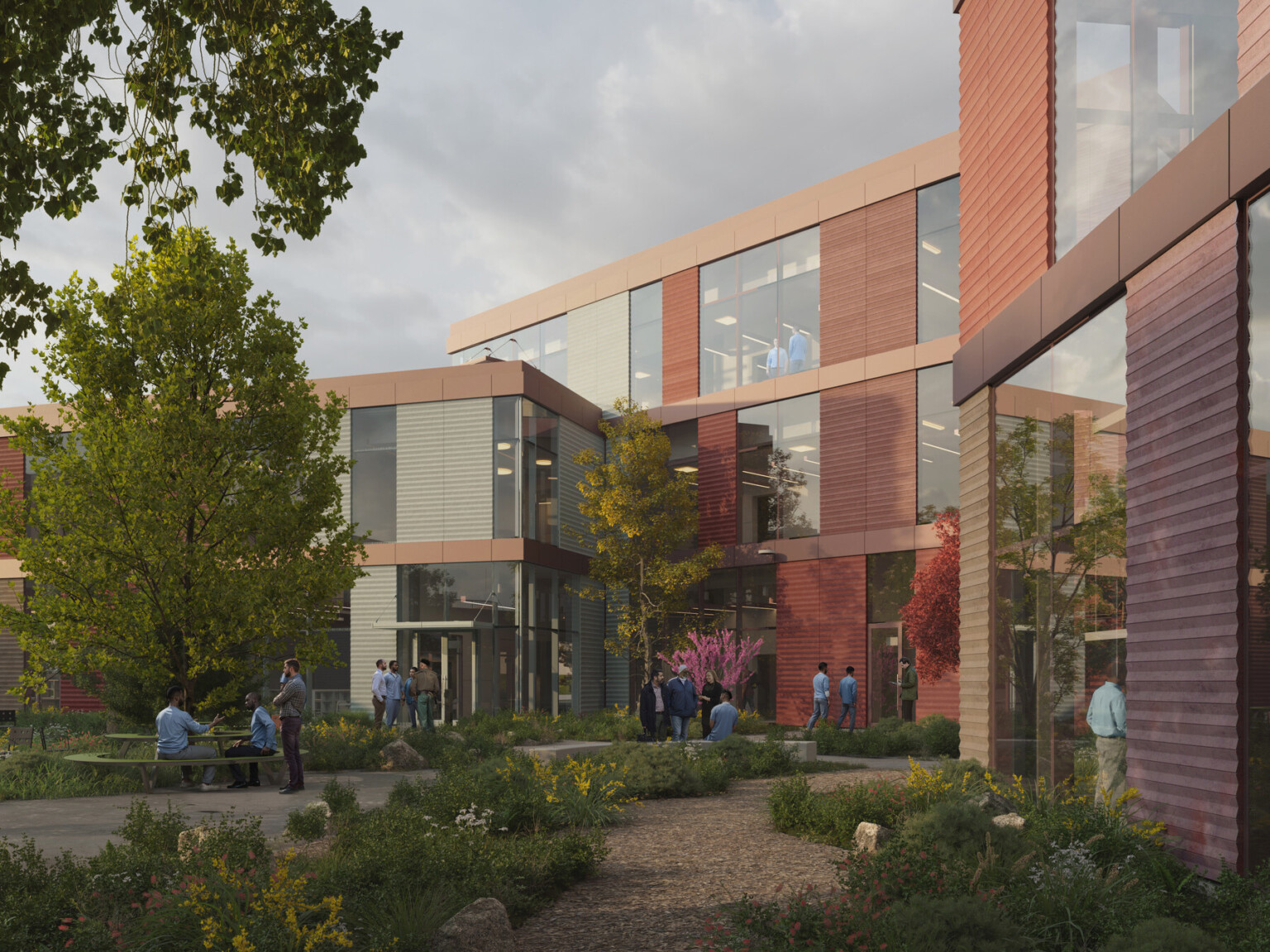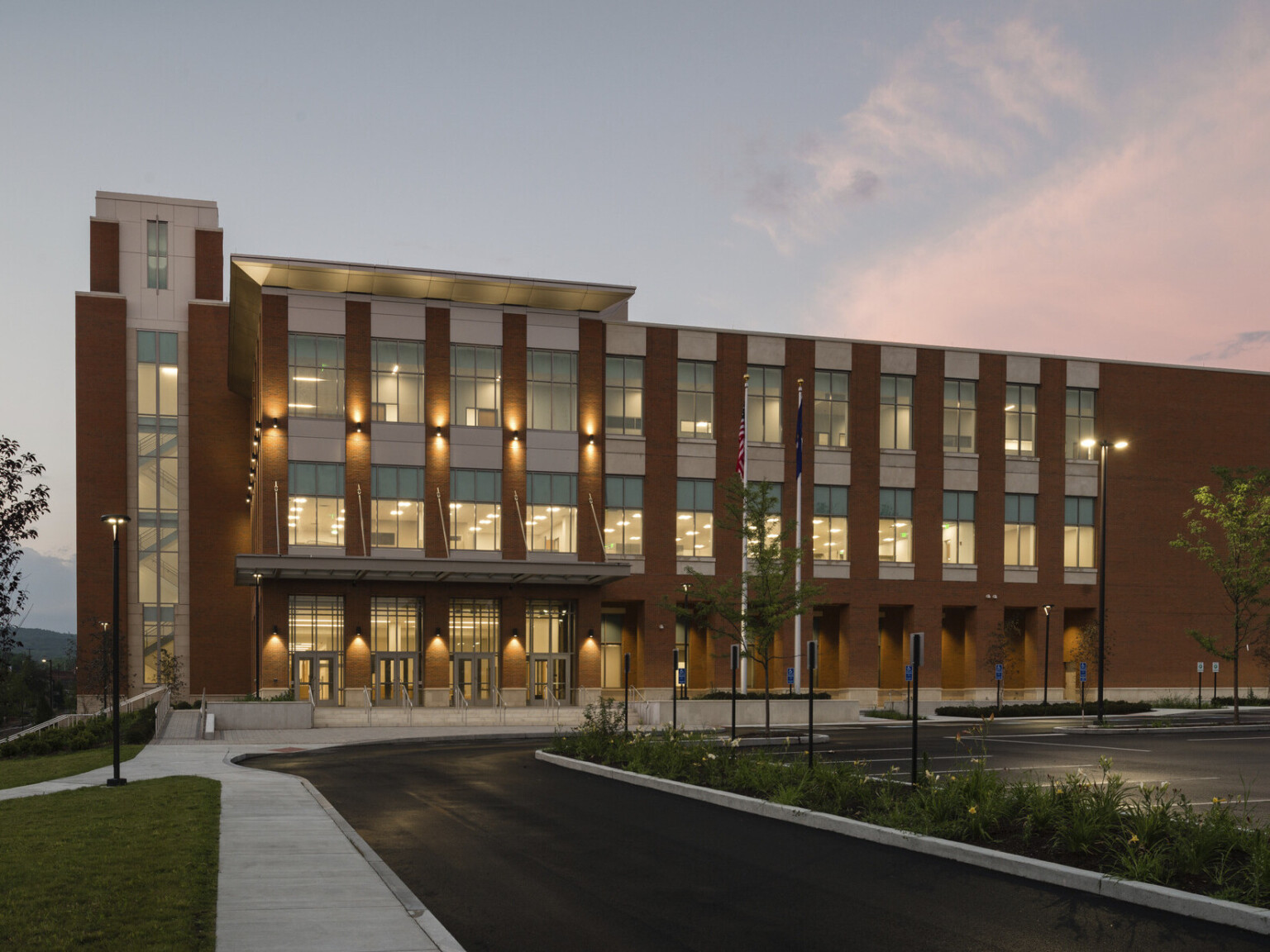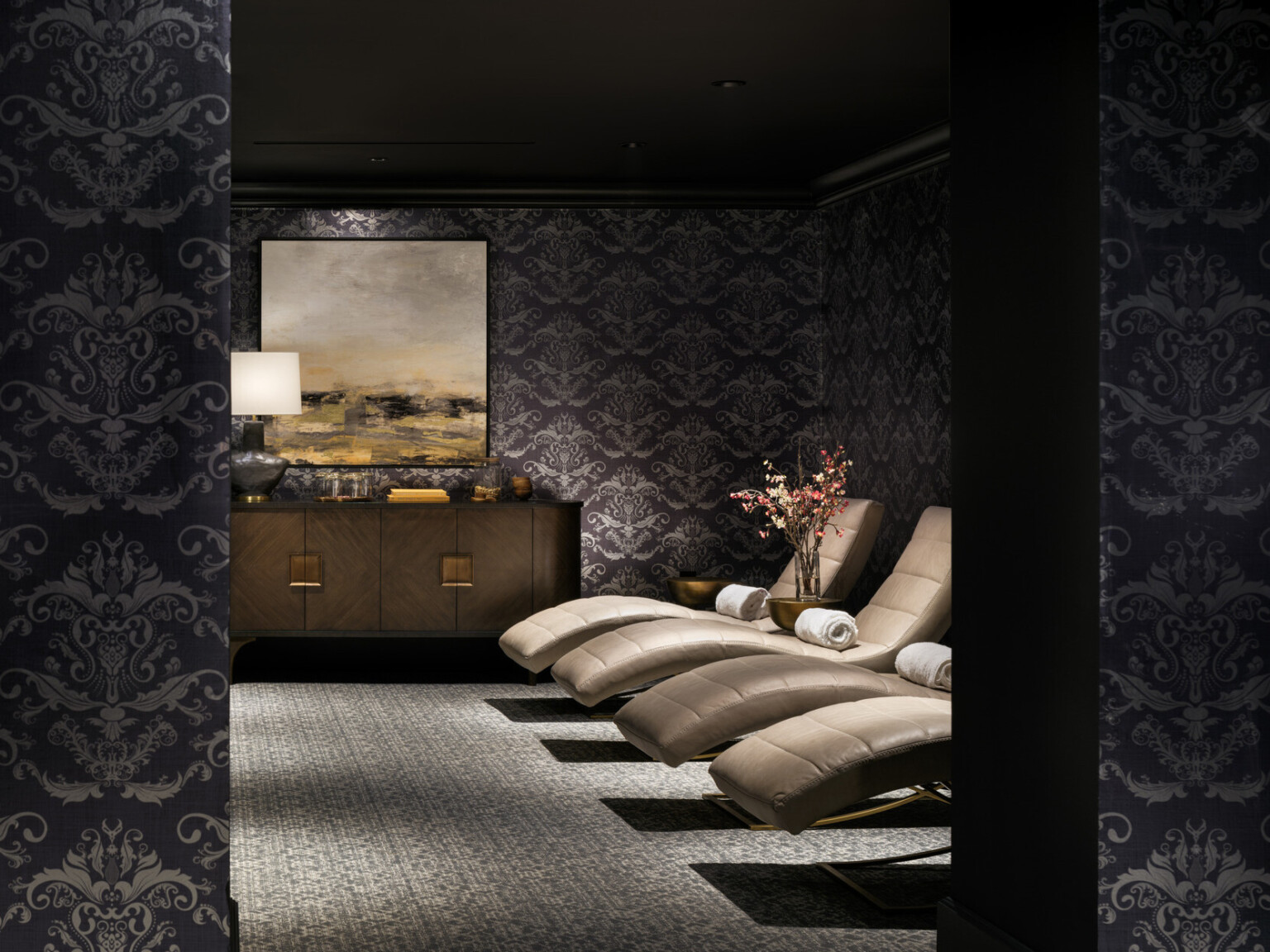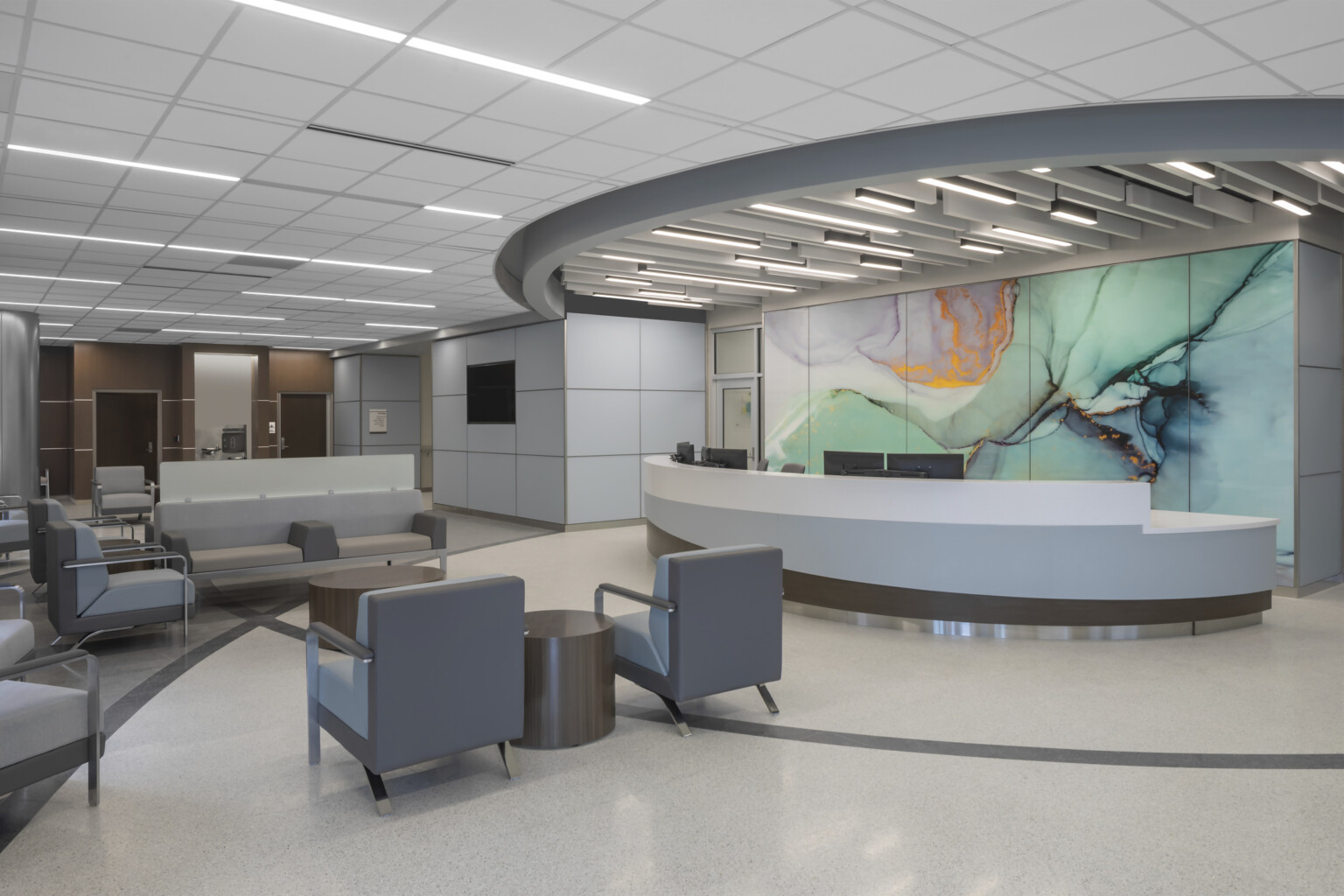
Revolutionizing Healthcare Design: The Growing Role of Prefabrication
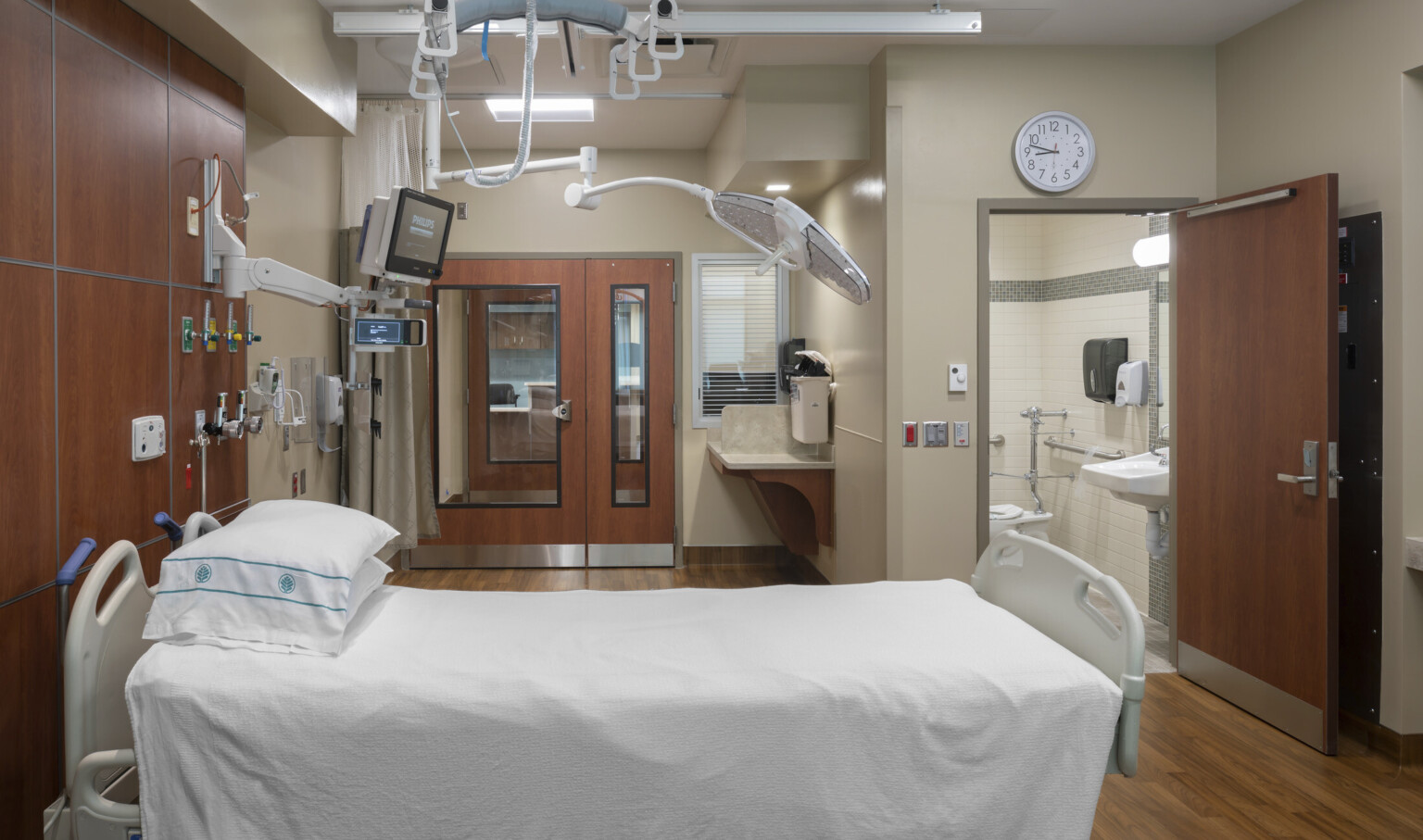
Improving Quality Control
One of the key advantages of prefabrication is its ability to improve quality control. Building components can be manufactured in a controlled environment, where they can be carefully inspected and tested for quality and consistency. Some of the most common prefabricated design efforts we have used in healthcare spaces include air handler units, mechanical skids, modular casework, and nurse stations. In recent years, we have explored prefabricated toilet pods, multi-trade corridor engineering racks and exterior panels. For our clients, prefabrication means a reduced risk of defects and errors that can occur during on-site construction which leads to improved speed to market, lower costs, and a better-quality outcome. It also allows for greater precision and consistency in the construction process, resulting in buildings that are more durable and efficient over the long term. On a design level, prefabrication helps facilitate an early building enclosure, improves job-site safety, and improves coordination between building trades.
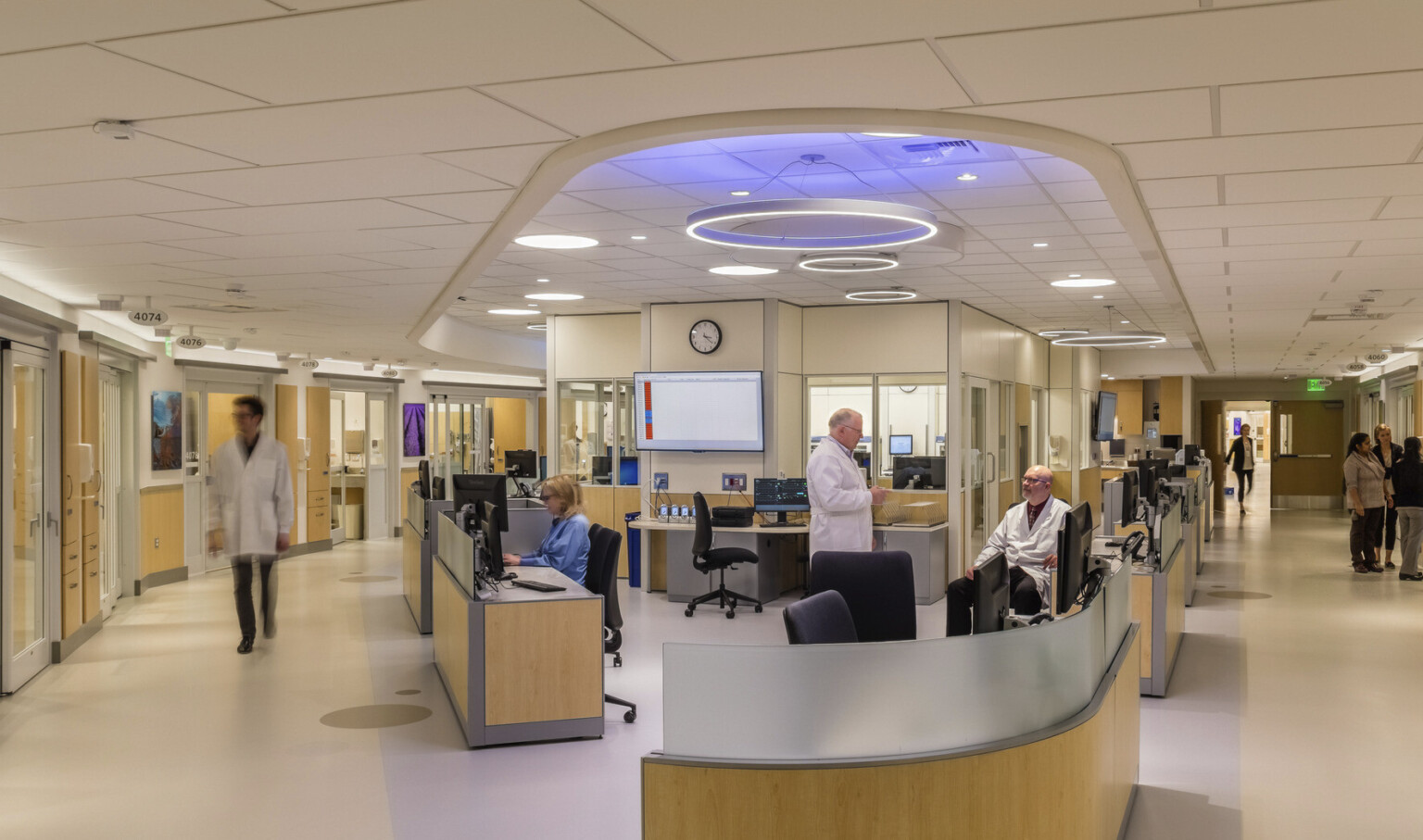
Reducing Construction Process Time
Another benefit of prefabrication is its ability to speed up the construction process. Traditional on-site construction can be slow and disruptive to hospital operations, causing delays and increasing costs. Prefabricated building components can be manufactured off-site while site preparation work is being completed, allowing for faster construction times and reduced disruption to hospital operations. This is particularly important in healthcare, where delays in construction can impact patient care and safety. While shorter construction times are a significant advantage for our clients, prefabrication presents a challenge in that it demands significant effort during the design process, requiring designers and contractors to set aside their egos. To incorporate prefabricated design successfully, the owner, designer, and contractor must collaborate equally from the project’s outset, with each party committing to the process.
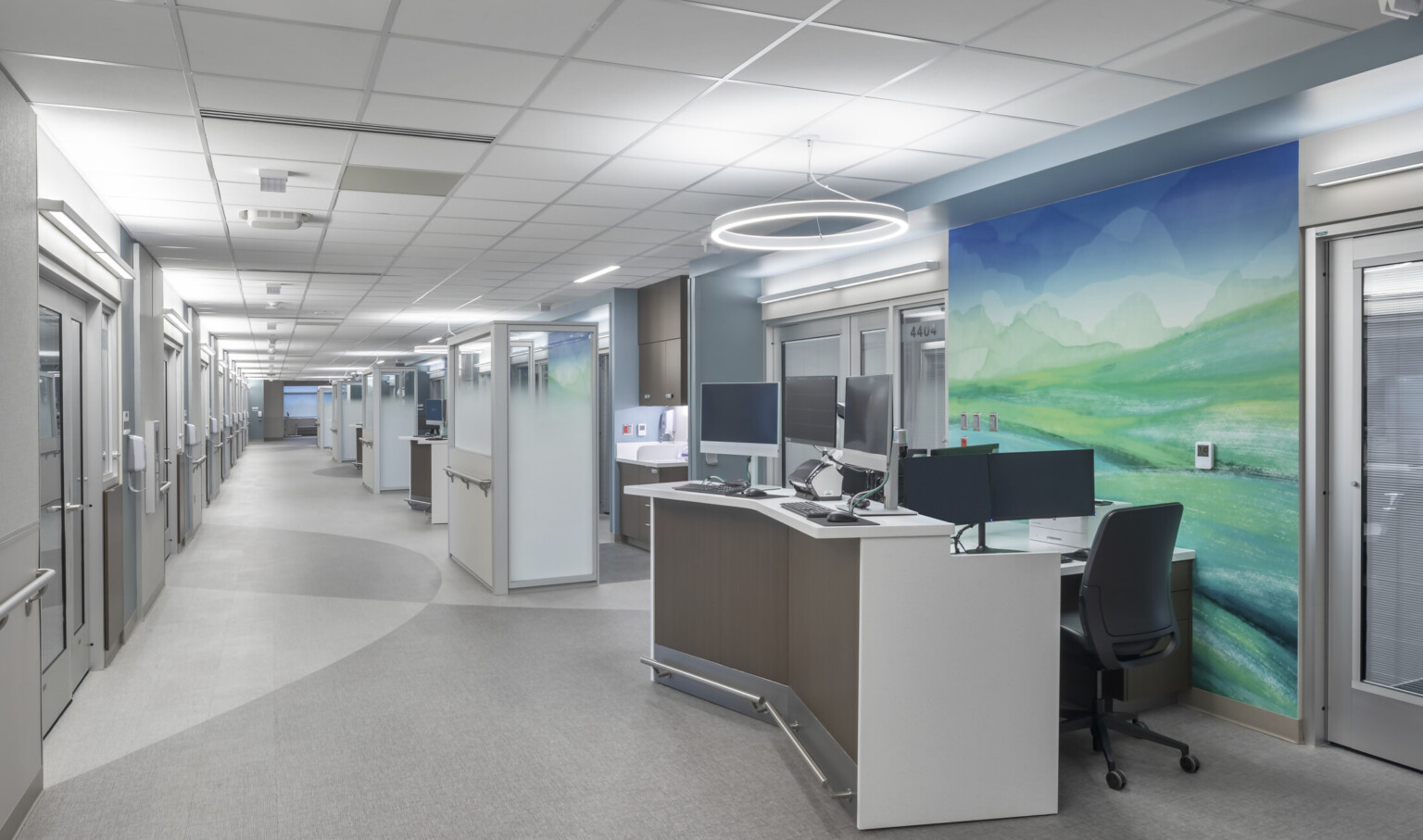
Creating Greater Flexibility in Design and Adaptability Over Time
Prefabrication allows for greater flexibility in design and adaptability over time. Healthcare systems are constantly evolving to meet changing patient needs and technological advancements. Prefabrication allows for easy integration of modern technologies and changes in design, as components can be easily added, removed, or reconfigured as needed.
Prefabricated design also contributes to sustainability efforts during the design process by minimizing material wastes, a difficult factor to control in construction projects of any kind. A study conducted in 2007 on prefabrication waste management found that waste reduction was up to 100%. Further studies have shown the average waste reduction was 52%. The prefabrication approach offers a more cost-effective solution for healthcare systems that need to adapt quickly to changing circumstances, and a more sustainable way to produce high-quality design.
The Impact of Prefabricated Design
We have successfully delivered projects for Atrium Health, OSU Powell, and Evergreen by leveraging prefabricated design efforts. A project conducted for Atrium Health Pineville offers a glimpse into how prefabrication can impact a project’s schedule and budget.
Nationally recognized as one of the best hospitals in the region, Atrium Health Pineville provides compassionate medical care to patients throughout the community. We entered into contract with Atrium Health for the hospital’s six-story bed tower expansion project, knowing the client had a minimum goal of 25% of total construction being prefabricated. With Atrium Health’s full support of prefabrication efforts, the use of prefabricated design was instrumental in the bed tower addition’s success. The project achieved 36% ($32 million) of prefabrication, resulting in completion three months ahead of schedule and a total cost savings of $10 million for Atrium Health.
Prefabrication is an innovative and sustainable approach to construction that is revolutionizing the healthcare industry. By leveraging this exciting new trend, we are creating state-of-the-art healthcare facilities that are faster, more efficient, and more adaptable than ever before.
Explore more of our work in healthcare design.









